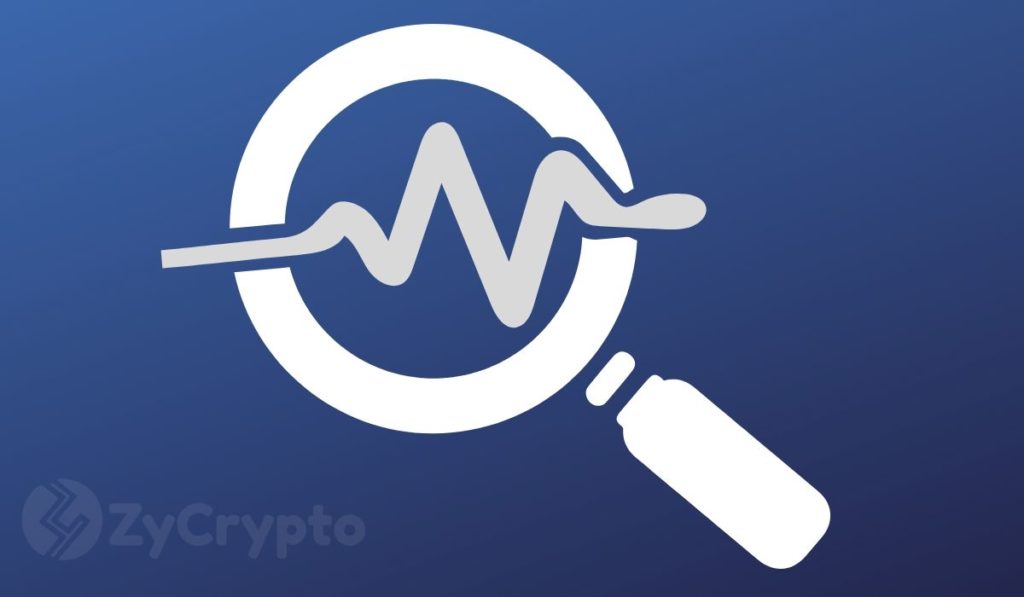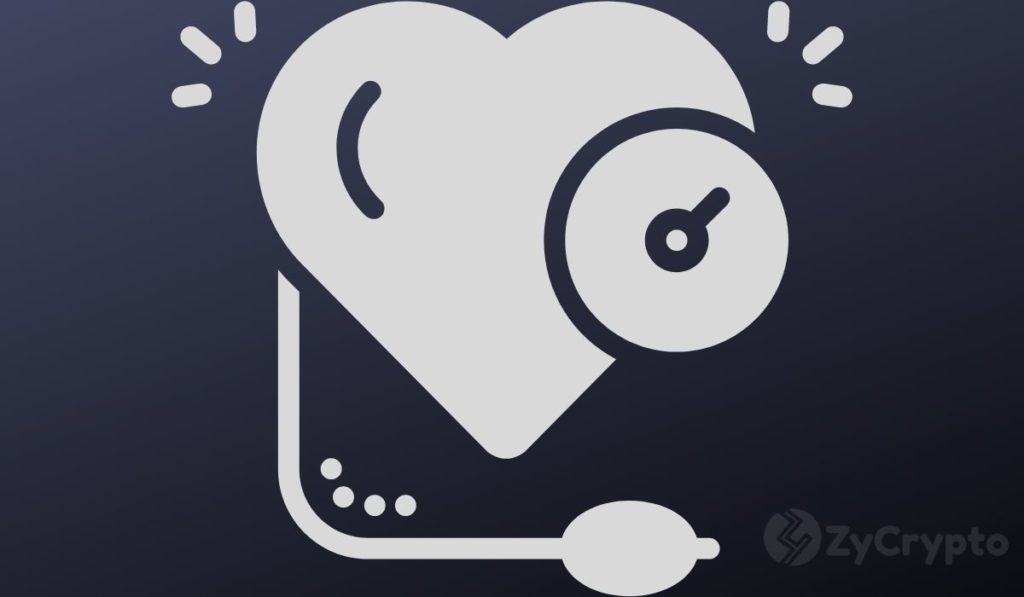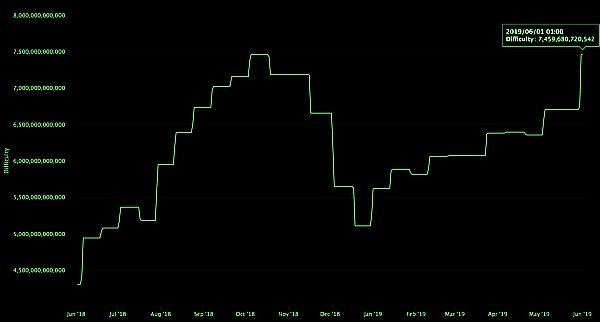
2020-3-26 13:57 |
The Bitcoin mining difficulty has experienced a downward adjustment in response to the slow rate of finding new blocks occasioned by miners going offline. The network lowered the difficulty by 16% to stabilize the rate of new block production until more mining power re-joins.
Bitcoin difficulty adjustment is an ingenious incentive structureBitcoin difficulty is the mechanism for regulating the time taken by miners to add new blocks of a transaction on the network. Miners have to find a hash that is below the blockchain given target for them to be able to verify transactions and add a new block to the network. This target is adjusted after every 2016 blocks mined to ensure that transactions are added at a consistent rate thus stabilizing the network.
Normally, adjustments occur every two weeks as it takes on average 10 minutes to find and add a new block to the network. Difficulty adjustment is an important aspect of the Bitcoin blockchain and Proof of Work (PoW) system as it ensures transactions are updated regularly irrespective of the number of miners. The difficulty is adjusted upwards when more miners join the network and downwards when some miners leave.
This unique bitcoin quirk is, therefore, an ingenious feature that ensures miners can earn rewards despite the level of competition in finding new blocks. Bitcoin investor Preston Pysh articulated this fact through this tweet
-15% difficulty adjustment is incoming in a few hours. The incentive structure on this thing is so resilient it’s almost laughable. #Bitcoin
— Preston Pysh (@PrestonPysh) March 25, 2020 Difficulty reduced by 16%Bitcoin has endured a tough spell over the last two weeks with prices declining sharply. This significantly lowered the miners earning capacity forcing some of them to power down their machines, as it was no longer profitable to mine Bitcoin. As a result, the network is set to slash the difficulty by 15% to provide an incentive for the miners to re-join the network.
The difficulty adjustment is calculated by dividing the expected time for mining 2016 blocks by the actual time it takes. If the figure is greater than one then the difficulty is increased while it is lowered if the figure is less than one. The difficulty has been rising steadily since the turn of the year peaking in March as seen in the image below.
Bitcoin network difficulty (Source: Blockchain.com)On the other hand, the total hashrate fell massively in March as miners responded to the digital asset’s price crash by going offline.
Bitcoin network Hashrate (Source: Blockchain.com)The downward difficulty adjustment is expected to incentivize miners to add more hash power to the network and stabilize its block production. More importantly, it will increase the ease with which miners get more rewards thus lowering the selling pressure that is critical for the Bitcoin price recovery.
origin »Speed Mining Service (SMS) на Currencies.ru
|
|













